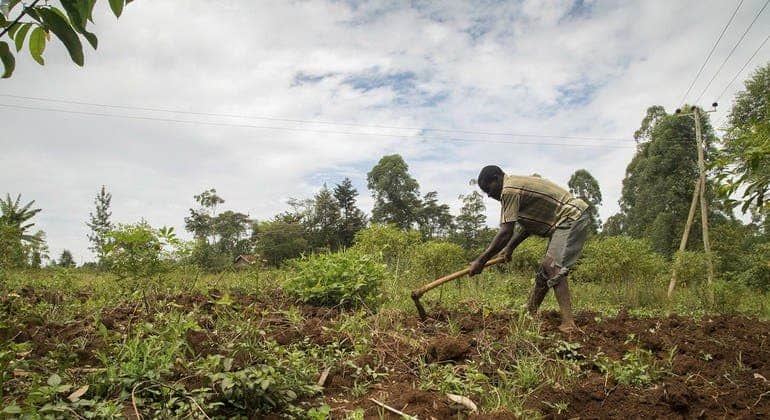The climate emergency doesn’t just mean more emissions but also the need to adapt to a new warmer world, affecting different groups of people, including farmers and their crops. A new 7-terabyte dataset, the largest of its kind, hopes to help us prepare by better envisioning future climate scenarios.

The Center for Tropical Agriculture (CIAT) and colleagues created the open-access dataset aiming to help policymakers to create adaptation strategies for smallholder farmers. So far, it’s been a resounding success — the data has already been used in 350 research papers in 186 countries and has almost 400,000 downloads so far.
“Climate models are complex representations of the earth system, but they aren’t perfect,” said Julian Ramirez-Villegas, the principal investigator of the project and a scientist with CIAT. “These errors can have an impact on our agricultural models. Because these models help us make decisions, this can have dire consequences.”
Most of the current climate change projections are available at large scales, from 70 to 400 kilometers. But that’s not sufficient for models analyzing the impact of climate in agriculture, which needs much finer scales.
The researchers used a set of techniques to increase the spatial resolution and to correct measurement errors of the dataset, creating high-resolution climate data for up to 436 future scenarios – each one including monthly information for 19 variables such as monthly average temperature and rainfall.
“Through these scenarios, we can understand, for instance, how agricultural productivity might evolve if the world continues on the current greenhouse emissions trajectory,” said Carlos Navarro, a CIAT researcher. “They also provide the data to model what types of adaptations would be needed.”
The dataset has been used mainly for agricultural research, specifically on crops that are significant to food security and incomes such as rice, coffee, cocoa, and maize – all of which are already being affected with climate change.
But other non-agricultural-related projects have also found the dataset to be a valuable resource. For example, it was used to map the potential spread of Zika (a mosquito-borne disease) across the globe, and to predict the decline of skating days in Canada because of warmer winters.
Agriculture and climate change
Agriculture is visibly affected by climate change, putting food security at risk across the globe. But it is also an activity that contributes to global warming because of its high level of emissions.
In order to meet the goals of the Paris Agreement to limit global warming to 2 degrees Celsius, emissions from agriculture have to go down steeply, according to a report by the Intergovernmental Panel of Experts on Climate Change.
In the meantime, farmers are already dealing with the effects of a warmer world. Crop yields are being affected, soils are being degraded, and the occurrence of extreme weather events is increasing. Adaptation and smart agriculture are crucial to deal with such factors in such a way that they do not affect food security.






